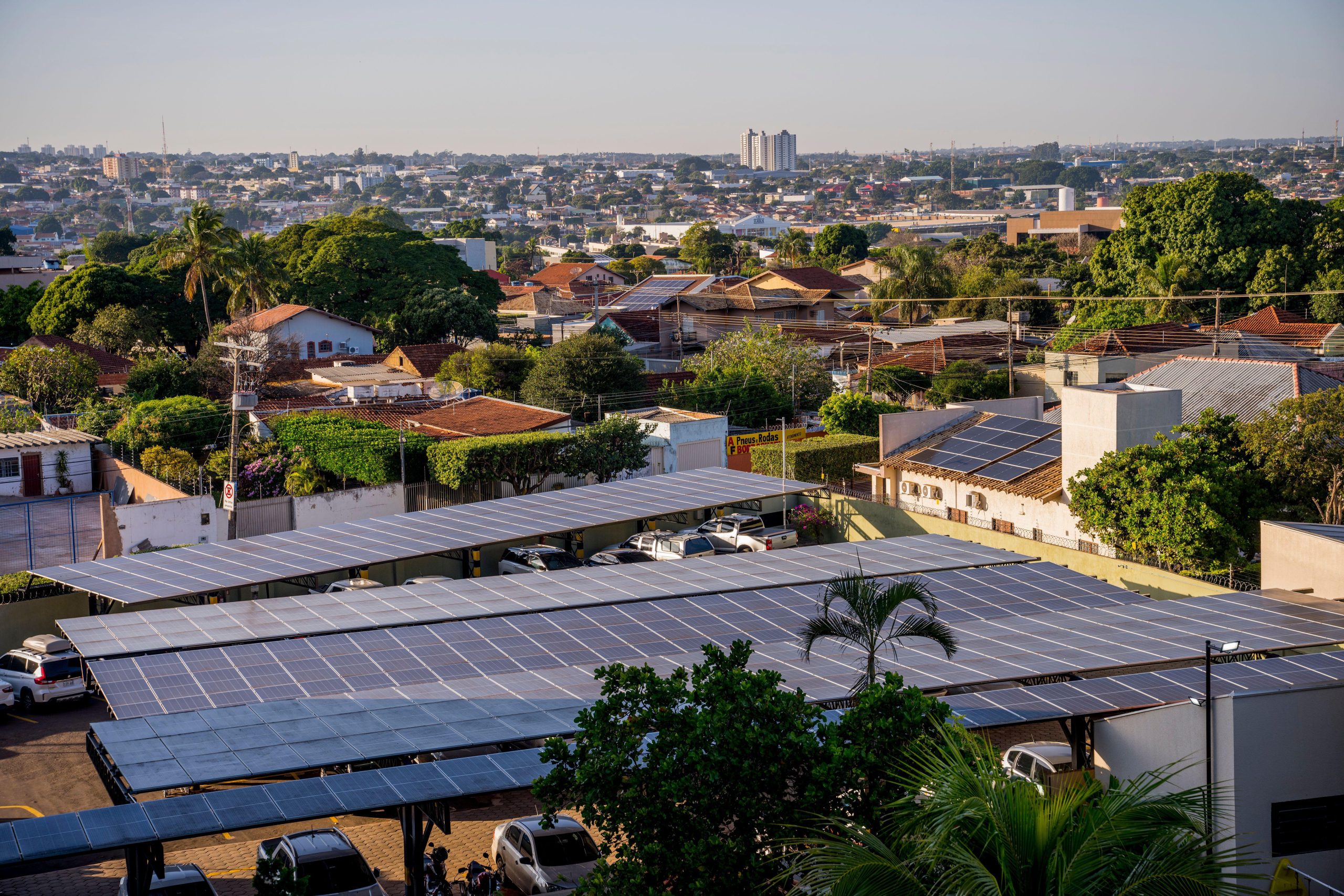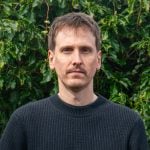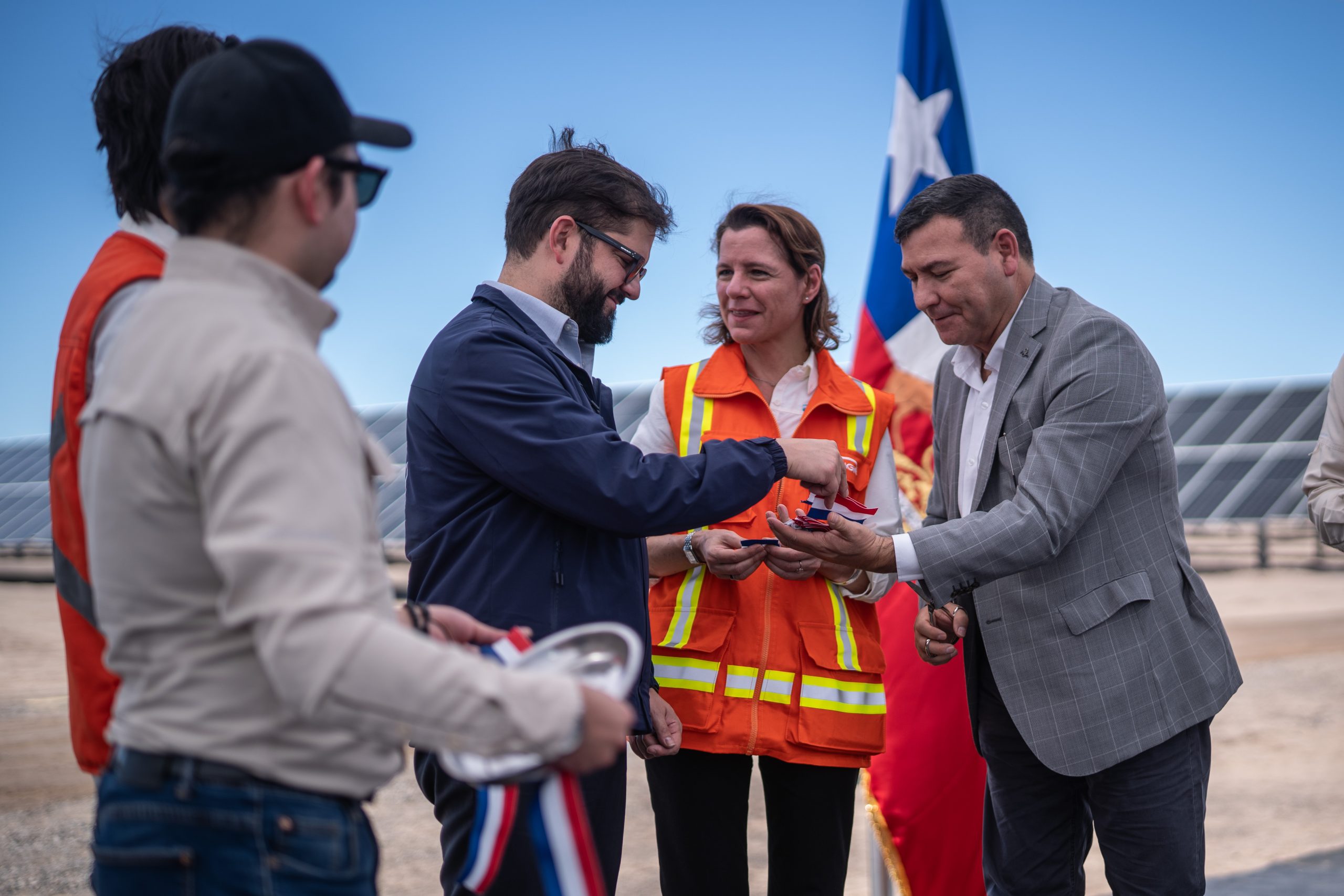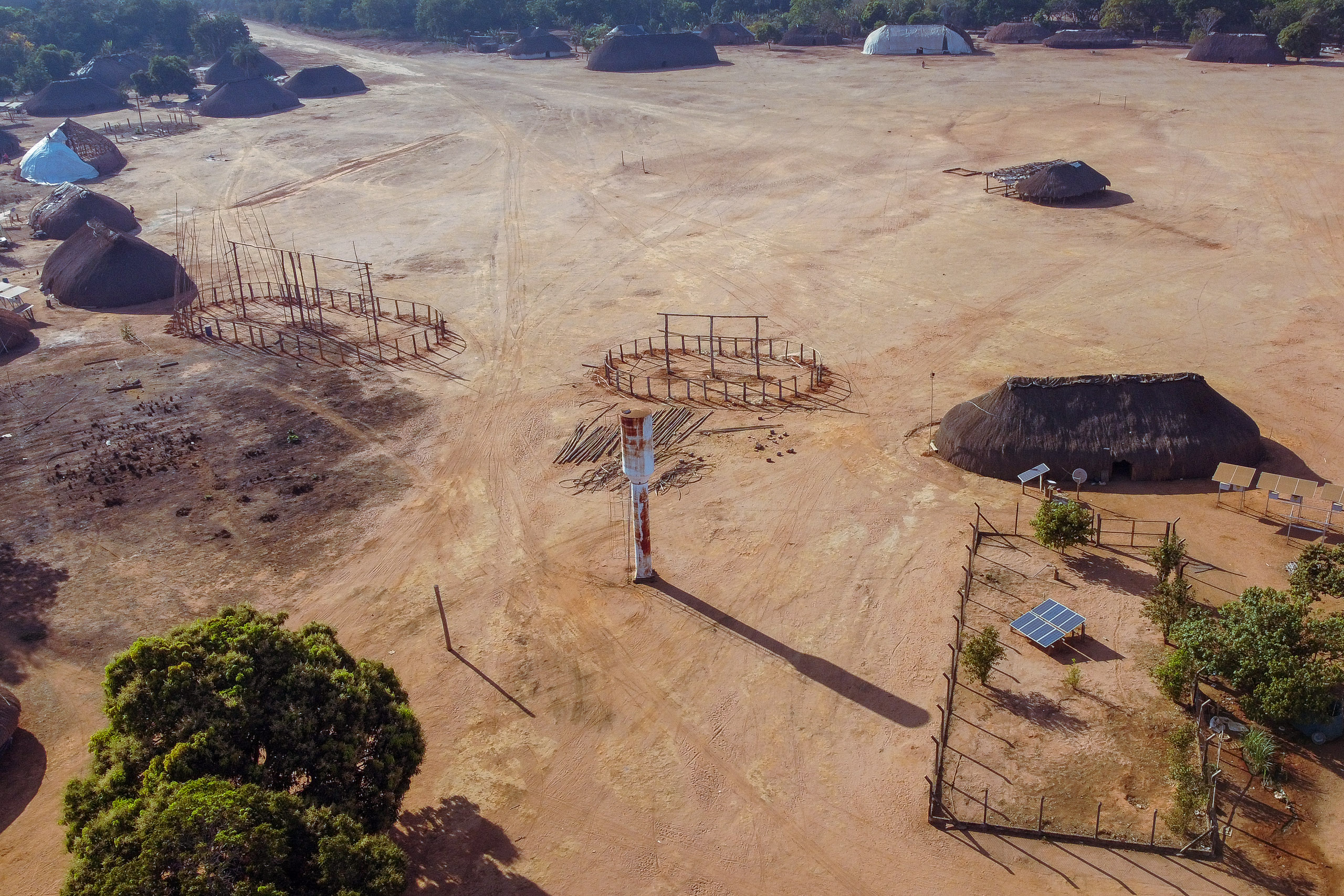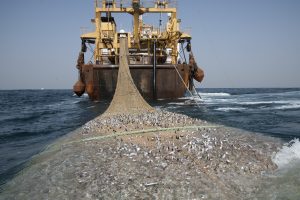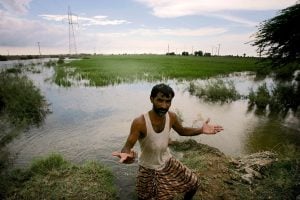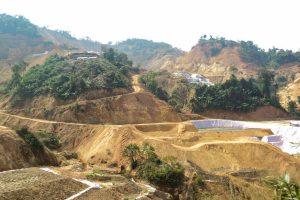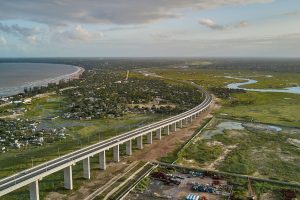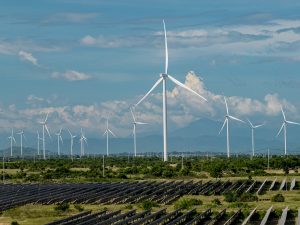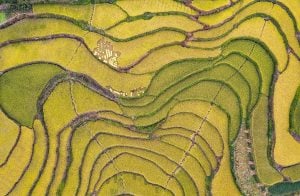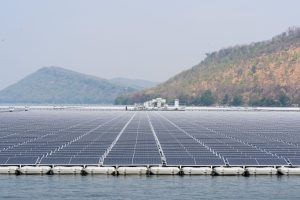Electricity has traditionally been supplied centrally by a small number of companies, generated in large power plants and sent to consumers over long distances through large grids. Today, “distributed energy” is breaking with this model, transforming consumers into producers of clean energy.
Distributed energy refers to a range of technologies that generate electricity at or near the place of use, mostly through solar panels but also wind power. Such systems may supply a single structure, such as a house, or can be part of a micro-grid (a smaller grid connected to a larger electricity supply system), such as in a large industrial facility.
With this model, electricity no longer flows in only one direction, from the grid to the consumer. Instead, consumers can produce electricity for their own consumption, and also sell it to the market when they have a surplus, in some cases making a profit. This creates two-way flows and allows consumers to take control of their own energy demand.
Latin America and the Caribbean has seen a huge expansion of distributed energy, driven mostly by Brazil, Mexico, Puerto Rico, the Dominican Republic, Chile and Colombia. The region went from just one gigawatt installed capacity of distributed systems in 2017 to 31.8 GW by 2023, the year with the latest available data, according to energy consultancy Onred. Virtually all of these installations use solar panels.
Distributed energy has thus become a major driver of Latin America’s energy transition, along with large, utility-scale solar and wind farms. The region has long been established as a clean electricity leader thanks to its hydropower resources, and the International Energy Agency estimates the growth in its renewables will continue, with their share of the electricity supply projected to increase from just over 60% today to 80% by 2050.
“Large energy installations are not enough to meet climate goals. Distributed energy enables users en masse to participate in the energy transition,” says Ignacio Romero, co-founder of Onred. “It is a cultural change after decades of an energy sector operated in a centralised manner by large players.”
Distributed energy in Latin America
From 2007, countries in Latin America and the Caribbean began to launch national-level regulations around distributed energy. Mexico was the pioneer in establishing a regulatory framework, and 15 countries now have regulations in this area. Together, these countries account for 85% of the region’s electricity demand.
Installations of distributed energy hit an all-time high in 2023: 9.34 GW through 786,000 new systems, 42% more than 2022. Brazil now accounts for 83% of installed capacity in the region, followed by Mexico (10%) and Puerto Rico (2.4%). Currently, half of the solar technology in the region is installed under the distributed mode.
“The sector has grown a lot, but Brazil distorts everything. It is adding 1 GW of solar power per month and 75% is distributed,” says Marcelo Álvarez, a board member of the Global Solar Council. “Other countries such as Colombia, Chile and several Caribbean countries are also growing and there are expectations for expansion in Argentina in the coming years.”
In 2023, thanks to the record number of installations, more than 100,000 jobs associated with distributed energy were reportedly created, according to Onterra, with these mostly concentrated in Brazil. In addition, thanks to the installed capacity, the consultancy estimates that the emission of 8 million tonnes of carbon dioxide equivalent was avoided in that year, the same as taking 1.8 million petrol vehicles off the road.
“The countries that have more penetration are because the regulation was done earlier,” says Maria Paz Cristófalo, also a co-founder of Onred. “Then other factors come into play, such as the need for Caribbean countries to have distributed power in the face of the extreme weather events that regularly affect their grid, or financing, which is key for any project, and in Brazil there was a lot of it.”
Benefits of distributed energy
Rosilena Lindo Riggs, Panama’s former energy secretary and now a consultant in the sector, argues that the benefits of distributed energy in the region are manifold. “It is quick to install, the maintenance cost is quite low, it is a scalable technology, and it gives stability to the electricity system. It is a technology created by and for people.”
Consumers are the first beneficiaries, as they have access to secure energy with fewer outages, which in many cases is cheaper than energy from the grid. Distributed energy also reduces the energy losses that often occur when electricity flows over transmission lines and avoids the costs associated with developing new infrastructure.
The jobs generated are another big advantage, says Gastón Siroit, technical advisor at the Latin American Energy Organisation (OLADE). “The difference in employment needed to install 1 kilowatt of distributed vs 1 KW of large solar farm is astronomical,” he explains. “It’s a lot more work, you have to go to each roof, mount the panels and make the connections.”
Álvarez estimates that, per unit of power, distributed energy creates more jobs than any other type of energy, especially in installation, maintenance and service. “It generates up to 10 times more jobs than large farms,” he says. Although the panels are imported, products such as cables and transformers are produced in the region, he adds.
Distributed energy has also been seen as one of the best ways to address energy poverty. While 97% of people in Latin America and the Caribbean have access to electricity, some areas have problems with coverage and quality of service. In response, several countries in the region have introduced programmes to support the creation of community-led energy initiatives, such as in Colombia and Brazil.
These “energy communities” not only seek to improve access to and quality of energy services, but also to encourage the active participation of citizens in their energy systems. For Giovanni Pabón, energy director at the NGO Transforma, these schemes “empower people to take control of the energy they can produce themselves”.
Challenges and next steps
While distributed energy can reduce long-term energy costs, installing solar panels can still cost thousands of dollars – a prohibitive price for many. Public incentives, such as tax credits and subsidies, can help reduce upfront costs. However, not all countries in the region have such policies.
“There is a need for new financial instruments that help families and reduce inequalities,” says Lindo Riggs. “The industry is making steady progress, but we need to work to make it more widely used, especially by vulnerable families. Those who don’t have the means to install it are usually the ones most at risk of being affected by extreme weather events.”
There is a need for new financial instruments that help families and reduce inequalitiesRosilena Lindo Riggs, Panama’s former energy secretary
Franco Borrello, co-founder of Onred, says costs continue to fall, and electricity tariffs remain high, giving more potential to the sector. “Businesses and industry tend to adopt distributed first because they have the capital to do so, or can get a loan. Then comes the residential sector with purchasing power, and then it becomes more widespread,” he explains.
Distributed energy is predicted to become the second largest source of electricity generation in Brazil by 2029, behind hydroelectric power. The specialists consulted by Dialogue Earth also expect great growth in Argentina in the coming years. Today, it has only 60 MW of installed distributed capacity and 2,200 power-generating users.
Added to this is the potential growth of battery energy storage, which can be developed simultaneously with distributed energy. “If battery prices come down, you go to a near-perfect system where you eliminate the need to be connected to the grid. We are getting closer and closer to that,” concludes Siroit.
